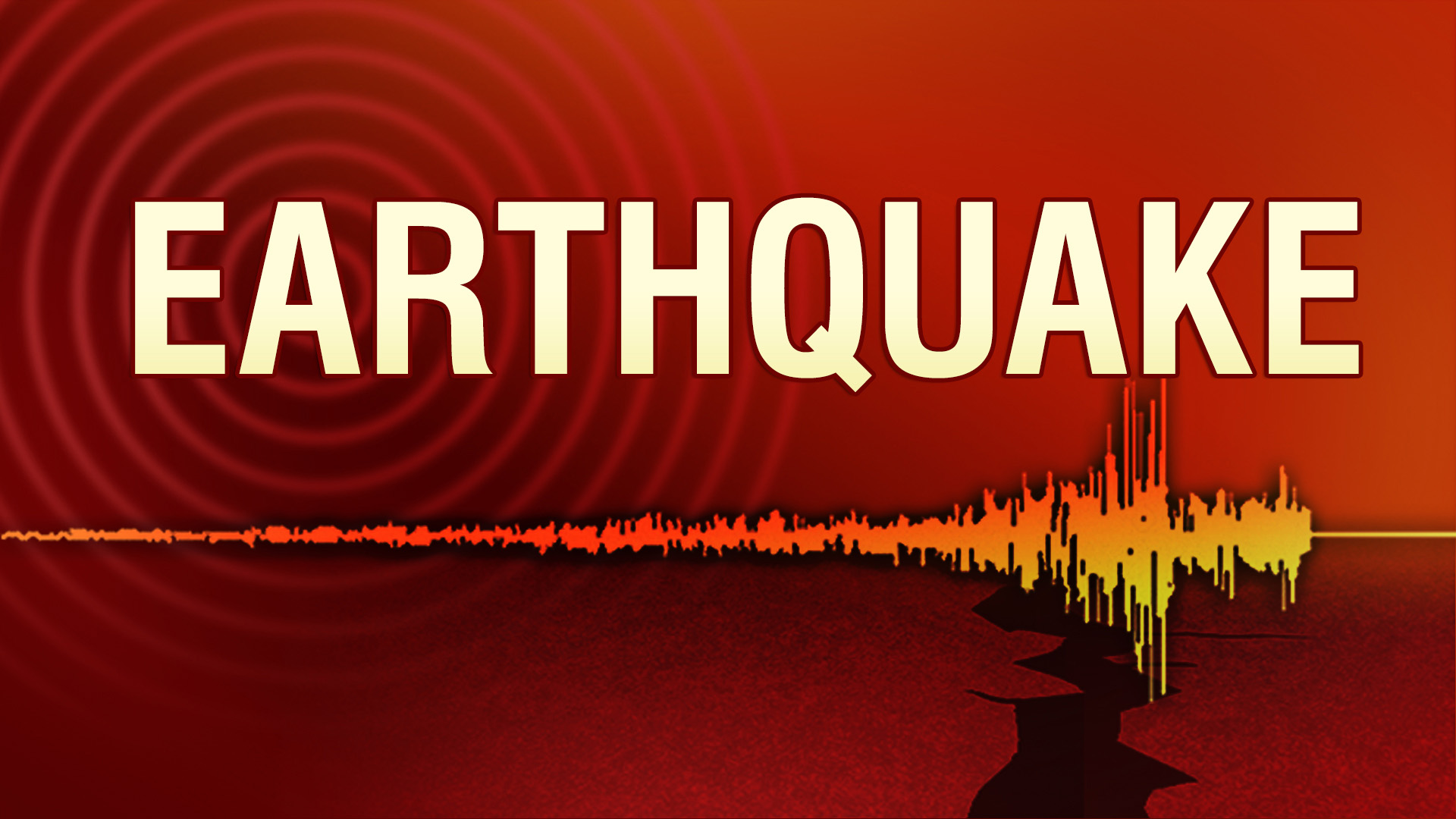‘Recurring aftershocks common after intensity 5 earthquake’
*Projecting Katra as epicentre unjustified: Expert
Bivek Mathur
JAMMU, June 29: Jammu and Kashmir and Ladakh, the twin Union Territories, have witnessed a total of 32 earthquakes between January and June months of this year.
Out of these, 16 earthquakes occurred in each region, with intensities ranging from 3.2 to 5.4 on the Richter scale, as per the details collected by the Excelsior from the National Centre of Seismology (NCS). The frequent seismic activity has left the people of the twin regions terrified.
Geological expert Prof GM Bhat, however, believed that the increased seismic activity in the Himalayan region should not cause excessive concern.
According to him, it is common to experience recurring earthquakes of minor intensities following a major earthquake with a magnitude of over 5 on the Richter scale. He cited the example of 2013 when numerous minor earthquakes and aftershocks occurred after a major earthquake of intensity greater than 5.5, without causing any significant damage to lives or properties. Prof Bhat advised people to stop worrying about potential losses from aftershocks.
Bhat believes the recurring earthquakes actually help release the pressure building up due to the movement of the Indian and Eurasian tectonic plates against each other. However, he said, the released pressure can cause additional stress in certain regions, such as the Udhampur District, the entire Peer Panchal region, and some districts of Himachal Pradesh, making them vulnerable to future earthquakes.
Based on information available with the Excelsior, Jammu and Kashmir experienced a total of eight earthquakes this year, with two each occurring in January, February, March and April. Interestingly, the same number of earthquakes struck the region in June alone, with no reports of any earthquake in May. The epicentres of most quakes in Jammu and Kashmir were located in Doda, Kishtwar, and the neighbouring Himachal Pradesh.
In Ladakh region, four earthquakes were recorded in January, one in February, four in March, one in April and the highest number of six in June. No earthquake was reported from Ladakh in May. The intensities of the earthquakes in Jammu and Kashmir ranged between 3.2 and 5.4 on the Richter scale, while most quakes in Ladakh had intensities below 5. The depth of the earthquakes in Jammu and Kashmir was between 10 and 15 kilometres, while in Ladakh, it reached up to 250 kilometres below the Earth’s crust.
Prof Bhat explained that shallow quakes with depths of up to 15 kilometres can only be felt in an area approximately 5-15 kilometres around the epicentre, whereas deep quakes in Ladakh or the Hindukush regions can be felt several hundred kilometres away from the epicentre. However, he emphasized that deep earthquakes cause less damage compared to shallow quakes, which are more common in Jammu and Kashmir.
Meanwhile, Prof Bhat expressed reservations over some geological experts and seismologists who have been projecting Katra town as vulnerable to earthquakes.
He clarified that no earthquakes have originated from Katra, and these experts are unnecessarily creating fear among the people.
He urged them to refrain from such actions and instead provide accurate information about the areas affected by earthquakes.
Experts, according to him, are mentioning quake-hit areas as north-east of Katra or north of Katra rather than simply identifying these areas in Doda, Kishtwar, and Himachal Pradesh, which actually lies north-east or north of Katra.
“There is no need to write Katra in the bulletins. It creates unnecessary panic among the people,” he observed.
He also claimed that the road and tunnel construction works in Doda, Kishtwar, and Ramban Districts are not responsible for the increasing number of earthquakes in the region.


